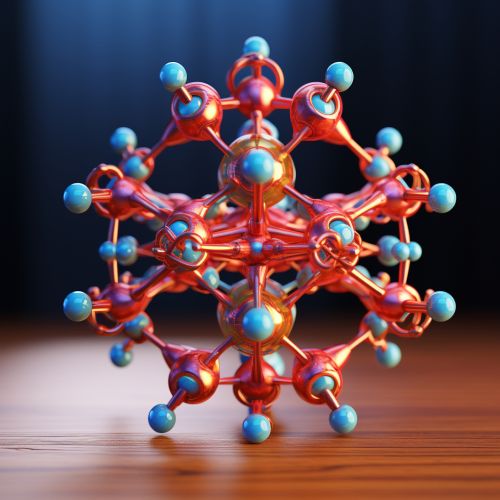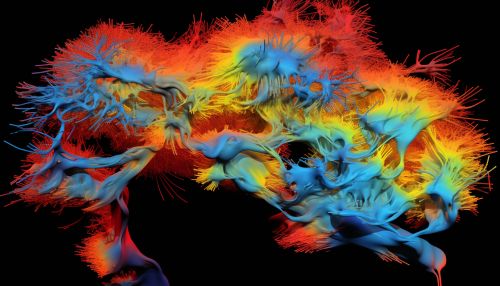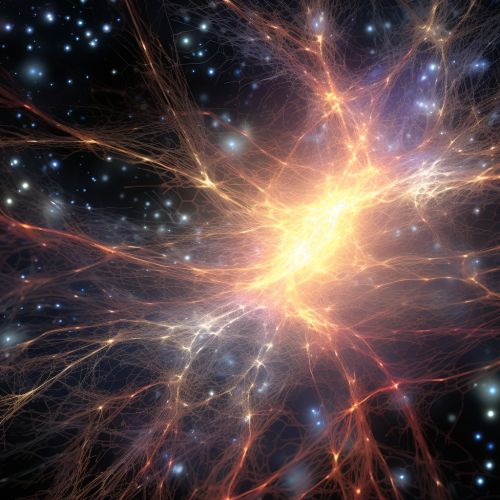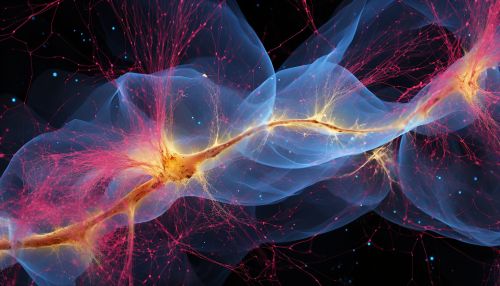Effects of DMT on Neuropsychology
Introduction
Dimethyltryptamine, often referred to as DMT, is a naturally occurring psychedelic compound that is found in many plants and animals. It is known for its powerful hallucinogenic effects, which have been described as inducing experiences of otherworldly realms, encounters with mystical or alien entities, and profound shifts in consciousness. This article will delve into the effects of DMT on neuropsychology, exploring the ways in which this potent psychedelic influences the brain and cognition.


Neuropharmacology of DMT
DMT acts primarily as a potent agonist for the serotonin receptor 5-HT2A, which is widely distributed throughout the brain and plays a key role in cognition, mood, and perception. DMT also interacts with other serotonin receptors, including 5-HT1A, 5-HT1B, and 5-HT2C, as well as the sigma-1 receptor, which is involved in the regulation of various cellular functions.


Effects on Perception
One of the most pronounced effects of DMT is its ability to dramatically alter perception. Users often report vivid, complex, and highly detailed visual hallucinations, which can include geometric patterns, fractal-like images, and scenes that are described as being unlike anything experienced in normal waking consciousness.


Effects on Cognition
DMT can also profoundly affect cognition, leading to alterations in thought processes, memory, and sense of self. Users often report experiences of ego dissolution, in which the boundaries between self and other become blurred or disappear entirely.


Potential Therapeutic Applications
There is growing interest in the potential therapeutic applications of DMT, particularly in the treatment of mental health disorders such as depression and anxiety. Preliminary research suggests that DMT may have neuroprotective and neurorestorative properties, and may also promote neuroplasticity, the brain's ability to form and reorganize synaptic connections.


Risks and Safety Concerns
While DMT is generally considered to be physically safe, it can produce intense psychological effects that can be distressing or overwhelming for some individuals. There is also a risk of harm associated with the use of DMT in unsafe settings or without appropriate preparation and support.


Conclusion
The effects of DMT on neuropsychology are complex and not fully understood. However, ongoing research into this powerful psychedelic holds promise for advancing our understanding of the brain and consciousness, and may potentially lead to new therapeutic approaches for treating mental health disorders.
